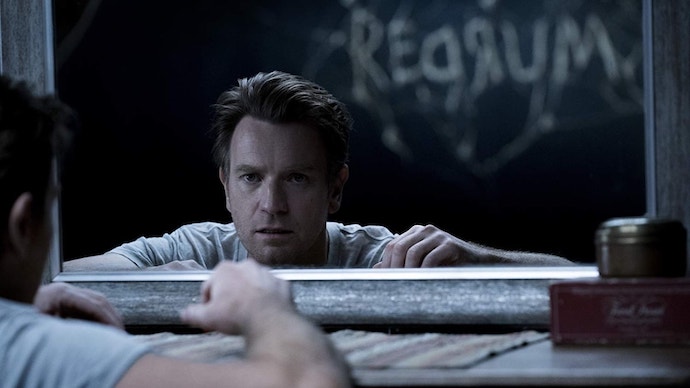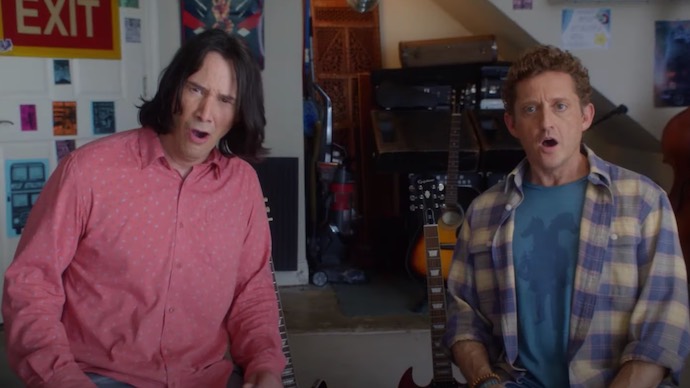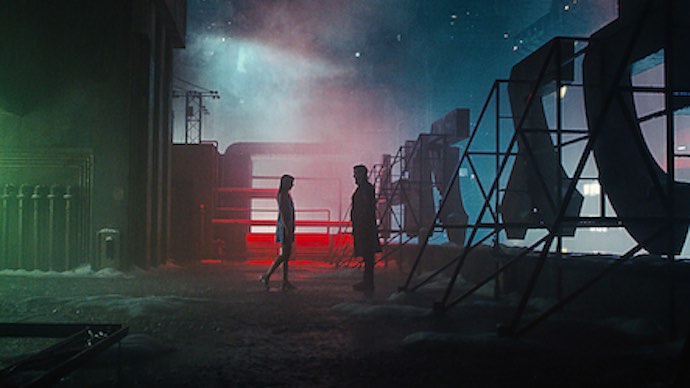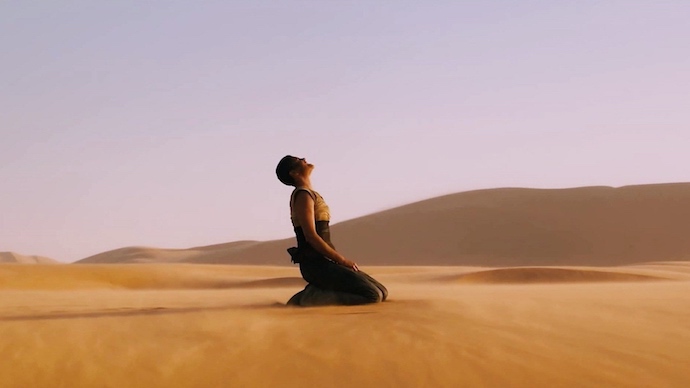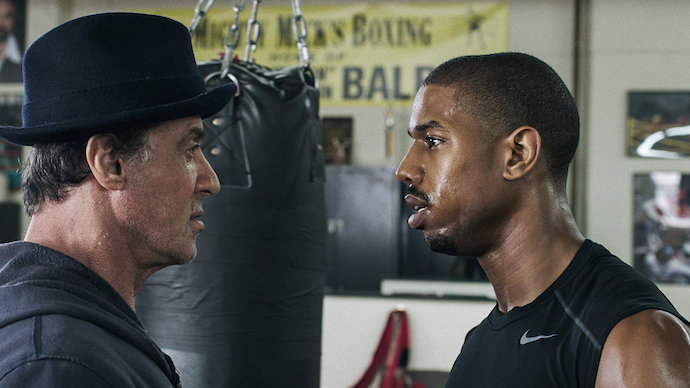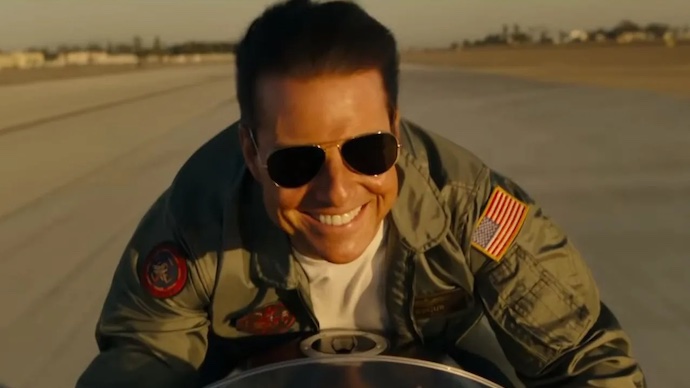These legacy sequels are easy enough to explain: they’re essentially direct sequels to movies that debuted long ago. But as far as why they’re popular among viewers? Well, those reasons are vastly different from the general state of sequel overload in Hollywood. Many legacy sequels come as a shock to their original fanbases when they’re announced. After all, making a direct sequel to a film that’s been dormant for decades is considered a big risk. For an industry that increasingly hates taking any kind of risk, it’s an intriguing move. These days, big Hollywood studios are more interested in making the next blockbuster hit trying to unearth the secret sauce behind creative films like Everything Everywhere All At Once. Blockbuster hits seem to be Hollywood’s answer to getting seats filled at empty theaters. So, when it comes to legacy sequel movies, the growing trend represents a welcome change of pace from the usual Hollywood fare of superhero flicks and bad book adaptations. Let’s dive a little deeper into why legacy sequel movies are increasingly popular—for both new viewers and nostalgic fans—and which legacy sequel movies stand out for doing things right.
Why Legacy Sequel Movies Are Popular
In order for a legacy sequel movie to work, there’s one very important element that can’t be overlooked: the character being brought back needs to be important, and they need to have a good story left in them. Without this factor, audiences will abandon the film long before it hits cinemas. We don’t just want to see cameos from the once-leading actors from our favorite films. We want to see them come back and expand on their stories from those original films. When a legacy sequel movie comes along and gives us a taste of that, while also taking us to places we didn’t expect to go? Now that makes for an exciting and worthwhile box office experience—and that’s ultimately in the best interest of everyone. There’s another important factor that needs to be delicately handled when it comes to legacy sequel movies: not only do the original fans need to be enticed, but mainstream viewers who never experienced the original also need to be intrigued and drawn in. Many legacy sequels have actually failed because they tried to take classic characters and classic storylines and merely translate them into the modern cinematic age. That’s not enough to make it work. Fundamental to the success of any legacy sequel movie is how it merges nostalgia (for original fans) with modern cinematic appetites (for new viewers). The mix is fragile and delicate. If done poorly, the box office numbers can be devastating. Here are some great examples of legacy sequel movies that successfully blended the secret spices to draw in both nostalgic fans and fresh viewers, resulting in films that matched (or surpassed) their original works.
The 4 Best Legacy Sequel Movies
1. Blade Runner 2049 (2017)
Blade Runner is widely considered to be one of the best sci-fi films ever made. The 1982 classic has an energy that consecrates it from all other sci-fi films of its era. For many fans, hearing that a Blade Runner sequel was in the works—35 years after the original had landed in cinemas—felt wrong. Fans kept asking the same question: “Where do you even start with a sequel?” And they worried how the expected failure would impact Blade Runner. And, to be fair, Blade Runner 2049 did in fact fail at the box office, barely earning any money back on its production budget of $200 million. But Blade Runner 2049’s critical acclaim helped it land multiple Oscar nominations, and fans were pleased with its story. Today, Blade Runner 2049 is considered a legacy sequel masterpiece of slow-burn and intense storytelling that embraces the original movie but never becomes beholden to it.
2. Mad Max: Fury Road (2015)
Nobody really cared about Mad Max: Fury Road until the trailer finally dropped. That’s when audiences started paying attention to George Miller’s long-gestating sequel to his original trilogy. From the trailers, it looked like we’d get a high-octane adventure across the desert with Tom Hardy and Charlize Theron doing battle against an evil pursuer. And while true, that was nowhere close to the profound depth the film would end up showcasing in theaters. Mad Max: Fury Road made two truly bold moves: first, in re-casting the lead character, and second, in pushing aside his story in favor of lifting up the story of a side character. In the hands of anyone else, this maneuver would’ve been box office suicide. However, it’s been years since Mad Max: Fury Road swept the Oscar nominations, and the film remains a stark example of how to do a legacy sequel movie well in the 21st century.
3. Creed (2015)
For the most part, Rocky VI left the character of Rocky Balboa in a good spot, and most fans liked where it settled. The film got positive reviews and provided a nostalgic and entertaining finale for the Rocky franchise. But Ryan Coogler is a step above most filmmakers. For him, the end of the Rocky films wasn’t an end. It was a new beginning. Coogler wrote the spin-off Creed, which featured Rocky Balboa in a starring role. When Creed was announced to the public, the collective sigh between critics and mainstream viewers was actually audible—which is why when the film released in theaters, the reviews didn’t seem real, as if made up by ultra-sarcastic reviewers. People loved Creed. Creed cleanly balanced the legacy of Rocky while moving the franchise in a new direction with a fresh face. It even earned Sylvester Stallone a deserved Academy Award nomination, which he should’ve won. Now that’s how you do a legacy sequel movie!
4. Top Gun: Maverick (2022)
Nobody thought a sequel to Top Gun would be a good idea—not even Tom Cruise himself! Cruise thought the concept wasn’t even possible, at least until he met with director Joseph Kosinski. Then, under the waiting eyes of pretty much nobody, the film began production. After multiple COVID-19 delays and after shooting more footage than The Lord of the Rings trilogy combined, we got to see Top Gun: Maverick drop in theaters. And, somehow, Top Gun: Maverick raked in somewhere around $800 million at the box office, and that’s only the current count as of this writing. It’s still earning more, while the official Rotten Tomatoes score sits at a very sound 97%. To put it simply, Top Gun: Maverick is a smash hit that has wowed audiences and critics alike with its carefully placed action sequences and emotional story. It shows that legacy sequel movies are more than just flavor—they’re viable box office draws with huge potential. Read next: The Best 4K HDR Movies That Are Drop-Dead Gorgeous

